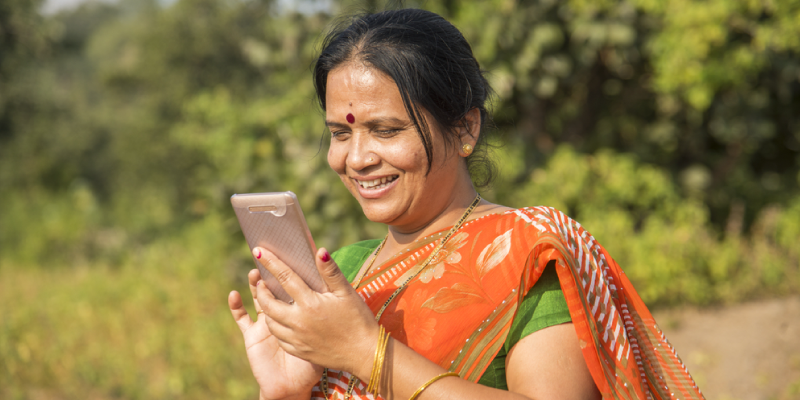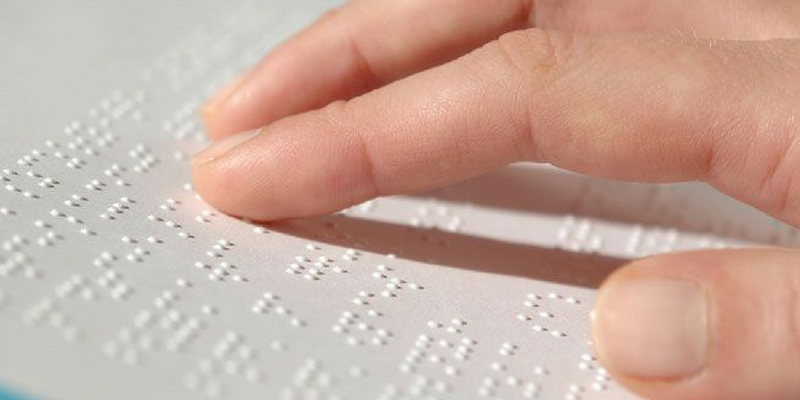To bridge digital divide, Chhattisgarh Government plans to distribute 55 lakh smartphones to women and youth
This article is part of The Chhattisgarh Story series (coming soon to YourStory)
For 39-year-old Bastar resident Savita and her family members, owning a smartphone has helped transform their lives. An excellent cook, Savita uses the phone to get information about a self-help group tasked with the responsibility of handling the mid-day meal scheme in the area and joins it. With recipe apps at her fingertips, Savita is able to turn out well-balanced and tasty meals. She now enjoys financial independence while doing what she loves to do. Her husband Govind, a farmer, uses the phone to get updates on the weather and is able to plan out his crop/harvest cycle more effectively. Their older son, who is 21, is undergoing training in hospitality to upgrade his skill-set using a module on the phone. In fact, when ready, he can even use it to look for relevant jobs. Her 17-year-old daughter is able to get access to study material which help her prepare for her board exams, while her mother-in-law is happy to be able to download and listen to bhajans on the phone.
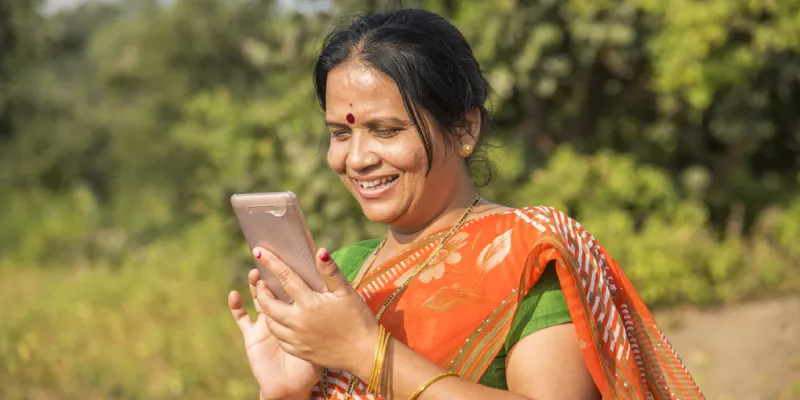
This is a scenario which is likely to unfold when the Chhattisgarh government’s plan to distribute over 55 lakh smartphones to women and youth across the state is put into action.
This first-of-its-kind initiative in India by a state to digitally empower its citizens is called the Sanchar Kranti Yojna (SKY) and will be conducted in two phases. In the first phase, 50 lakh smartphones will be distributed, of which 45 lakh will be given to rural women and urban women who are (BPL- below poverty line), and 5 lakh phones will be given to the youth.
“After working on rail, road, and air connectivity across the state, this initiative is another step by the Chhattisgarh government to bridge the digital divide, while ensuring that the maximum number of people across the state, even those in the hinterland, are connected to the mainstream,” said Alex Paul Menon, CEO, Chhattisgarh Infotech Promotion Society (CHiPS).
In a nod to the Make in India initiative, the government will distribute Micromax handsets, and the 4G phone connections will be provided by Jio. As an ancillary measure to this initiative, Jio will install 1,600 new network towers across the state, including atop government buildings for free, and the government is encouraging more telecom service providers to follow suit. Under the scheme, for the first six months the beneficiaries will get 1 GB data and 100 calling minutes free every month.
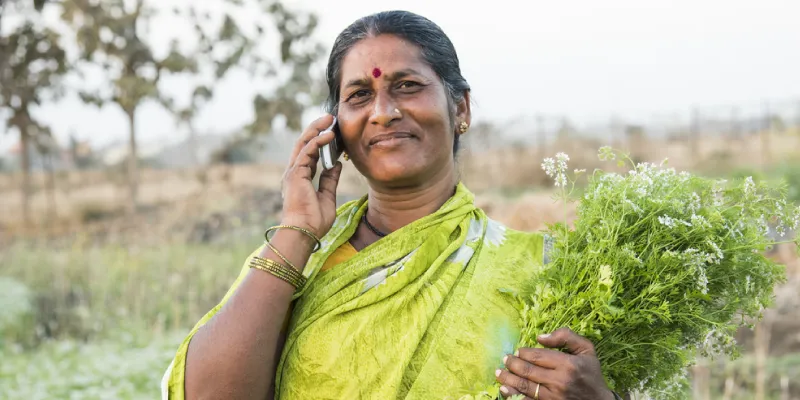
The allotted phone numbers will be pre-linked to the Aadhaar number and bank accounts of the beneficiaries, making it easier for them to directly benefit from government schemes and use banking services more efficiently.
The initiative’s primary focus is women’s empowerment. Owning a mobile device and access to unlimited information will help make the women more independent, enable better decision-making on their part, and empower them to broaden their financial scope and strengthen their livelihoods. They could directly get in touch with self-help groups and seek out new buyers and markets for their offerings.
While the phone will be issued in the name of the female member of the family, the scheme, however, aims at the holistic development of each member of the household. A case in point being the scenario laid out at the beginning. Youth empowerment is another area that the initiative seeks to focus on. Access to smartphones and better connectivity will enable youngsters in the state to improve their academic performance and get better jobs.
The initiative also opens the door to participative governance, making two-way communication between citizens and the administration easier. The bridging of the digital divide on such a large scale will also help bridge the socio-economic divide, bringing about more financial inclusion, literacy and livelihood, and improved access to health facilities.
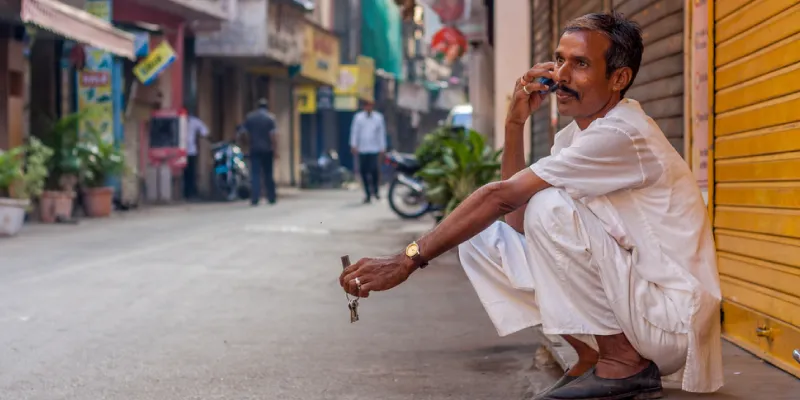
The handsets will have a number of preinstalled apps meant for holistic development of the beneficiaries. Apart from apps relaying government information, training modules, weather inputs, job-related updates and study material, there will also be wellness apps that offer health tips, teach yogasanas, recipes apps, and entertainment apps with content relating to folk arts, Chhattisgarhi music, bhajans and family entertainment programmes.
This is the first time that any state has undertaken such an initiative, both in terms of the number of beneficiaries as well as the financial costs incurred, proving that for Chhattisgarh, the SKY is indeed the limit, when it comes to looking out for its people.






